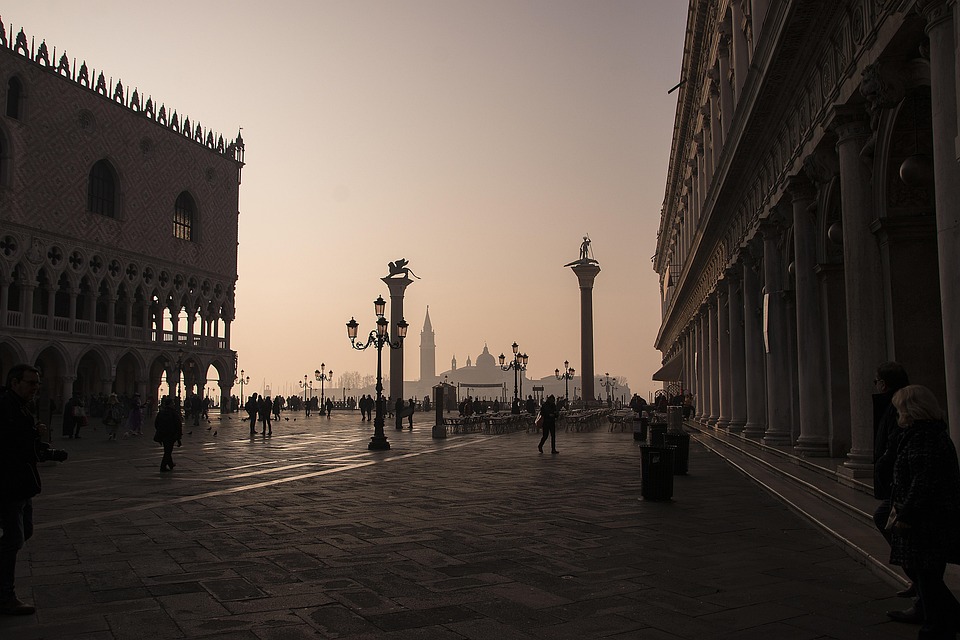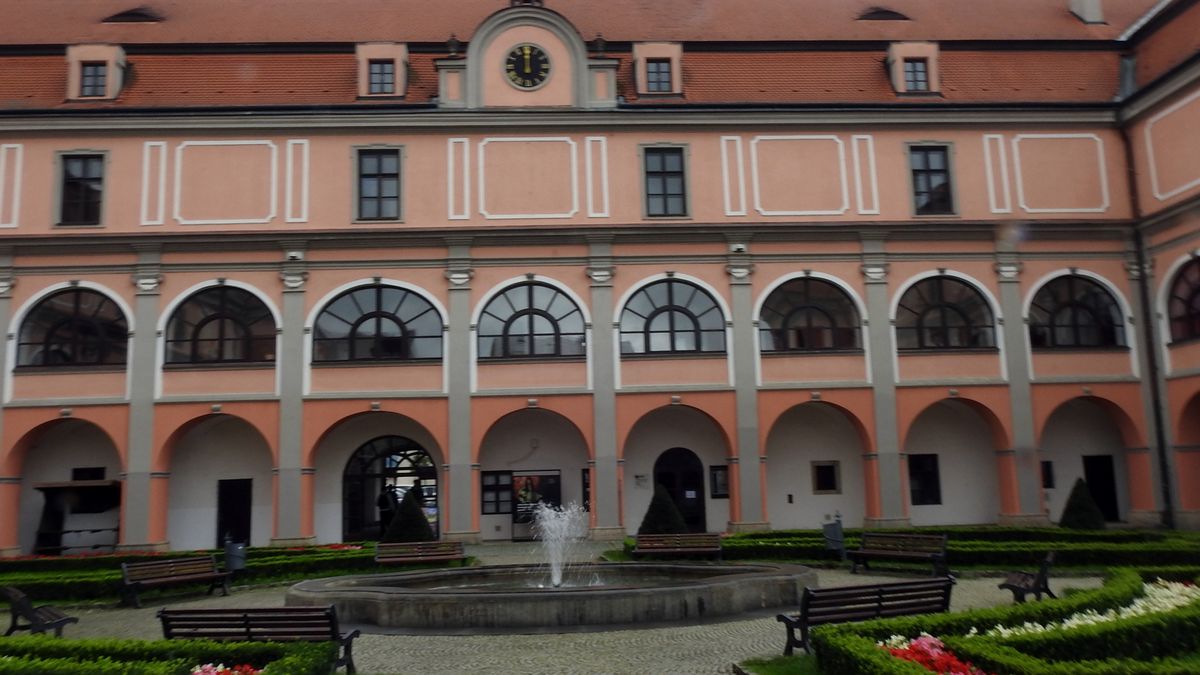The Czech landscape is interwoven with many pilgrimage sites, chapels, Stations of the Cross and Calvary, which tell stories of faith, hope and also of human endeavour, creativity and the changes of time. Among these places is the Calvary at Cvikov, which not only soothes the soul but also awakens admiration for natural beauty.
This location in northern Bohemia, surrounded by the wooded hills of the Lusatian Mountains, carries faith, humility and human perseverance. A place where people have sought solace, hope and strength for centuries, it is a quiet corner with a deep story that has survived wars, oblivion and vandalism. And yet, or perhaps because of it, it radiates an even stronger energy today than ever before.
The beginning on the hill of faith
The year 1728 was the time when three ordinary men - Václav Würfel, Jan Richter and František Riegert - decided to establish a place commemorating the Passion of Christ on the hill above Cvikov. They were not priests or noblemen, but people of deep faith and courage. On Maundy Thursday in 1729 they erected three wooden crosses on the top. Thus was born today's Calvary, which has attracted pilgrims and silent admirers for centuries.
Soon the first chapels appeared, followed by the Chapel of the Holy Sepulchre and a lime alley, which was to protect the pilgrims from the sun's rays and symbolically accompany them on their journey. Each new stop was the result of both faith and work. Locals came here to pray, express gratitude and seek comfort.
In the 18th and 19th centuries, Calvary became one of the most important pilgrimage sites in North Bohemia. At Easter, processions were directed here, passion plays were performed and songs and bells were heard from the town.
In 1883, a major restoration was carried out, during which 14 stone chapels with sculptural depictions of the individual stops of the Way of Christ were created. These scenes were created by the Munich firm Meyer, and their colours and shapes stand out for their subtlety and depth.
On the feast of St. Wenceslas in 1900, the entire Stations of the Cross were solemnly consecrated. At that time, the top of the Cross Hill was shining with newness, the chapel, the lime tree avenue and the new stone crosses formed a harmonious whole combining art, faith and landscape.
Forgetting and rebirth
However, with the arrival of the 20th century came wars, displacement, loss of faith and care.
After the Second World War, Calvary was orphaned. The wooden sculptures disappeared, the chapels began to crumble and the trees overgrew the roads. The once important pilgrimage site became a silent torso of the past.
It was only after 1991 that a new chapter began to be written. The town of Cvikov, volunteers and local parishioners set about restoring it. The chapels were repaired, some of the sculptures were re-carved and the linden avenue was partially replanted. The restoration continues to this day, slowly and with humility, as befits such a place.
Today Calvary comes alive again not only during services, but also as a place of quiet stopping, spiritual rest and Historythat breathes.
The path between the chapels
The route to the top of Cross Hill is about a kilometre long, but this section is full of symbolism. Each of the 14 stops tells part of the story of Christ, carved in stone and wood. Between the chapels winds an avenue of lime trees, whose murmur reminds us of prayer.
At the foot there is a smaller niche chapel, and higher up is the Chapel of the Holy Sepulchre, simple, white, with a cross on the roof. When you approach it, you will see the panorama of Cvikov, the jagged peaks of the Lusatian Mountains and, in the distance, Ještěd.
In spring, the fragrant meadows bloom here, in summer the leaves glisten with dew, in autumn the whole hill plays in shades of gold and red. And when the snow covers the roofs of the chapels in winter, Calvary becomes silent and dignified, like an altar in nature.
Calvary is not only a historical monument. It is a reflection of human faith and humility. Those who go here will find that it is no ordinary tripbut the inner journey. Each step, each stop brings with it a silence that forces you to slow down, breathe and think.
Perhaps that is why this place has a unique atmosphere, a sense of peace that is hard to express in words but easy to experience. There is no city bustle here, no noise, just the rustling of the wind in the treetops and the rustling of leaves underfoot.
Thanks to the efforts of the town and volunteers, Calvary near Cvikovo has once again become the pride of the region. It is registered as a cultural monument of the Czech Republic and attracts hundreds of visitors every year.
The walk along the Way of the Cross takes about an hour round trip. It is easy and suitable for families with children. At each chapel you can rest, contemplate or simply enjoy the beauty of the surrounding nature.
—
The best time to visit is early in the morning or during sunset, when the light illuminates the chapels and the adjacent trees.
The route starts on the northern edge of Cvikov and the marked trail leads to the Holy Sepulchre.
Final reflection
Calvary near Cvikovo is more than just a historical monument. It is a story of human faith, courage and return. A place where history and nature have merged into one silent harmony. Standing among the chapels, in the quiet of the forest, surrounded by light and wind, you realise that some places speak not only with words, but also with their souls.



